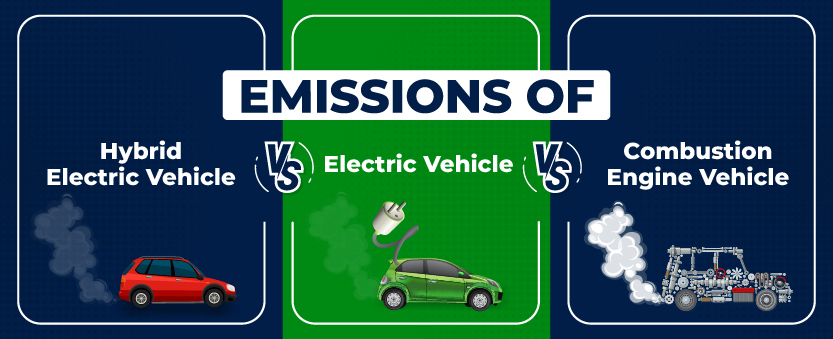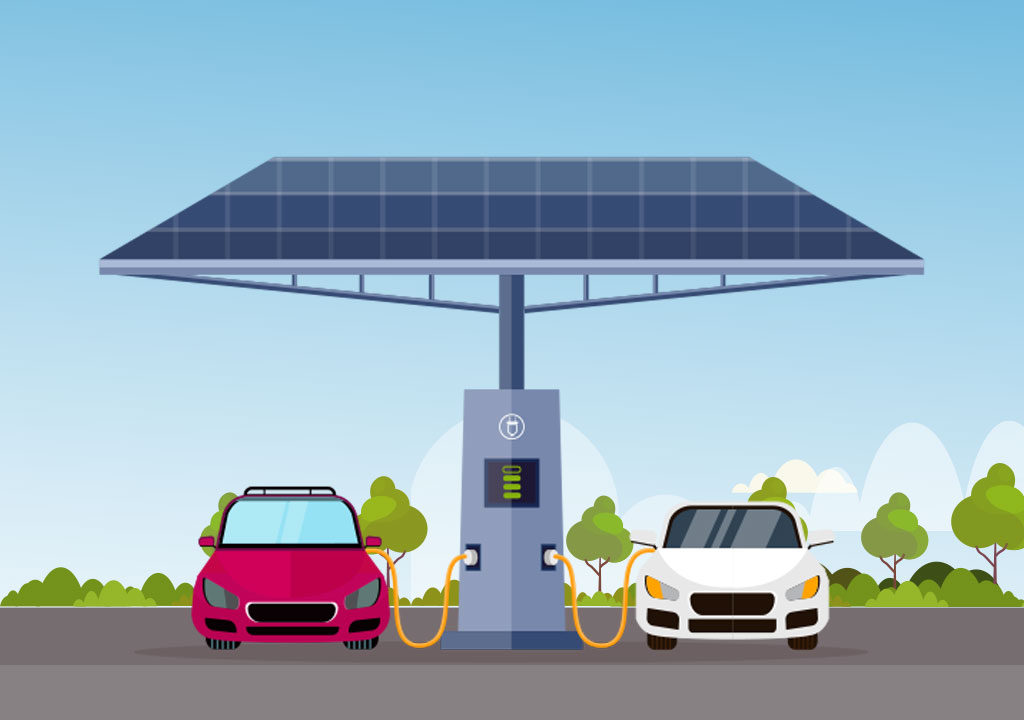In the 21st century, the automobile has become an integral part of our lives. It has revolutionized transportation, offering convenience and mobility like never before. However, this convenience comes at a cost – one that extends far beyond the price tag of a car. The environmental impact of automobiles, particularly in terms of emissions, has become a pressing global concern.
In this blog post, we will dissect the various aspects of the environmental impact of automobiles, focusing on emissions and the path to sustainability.
The Emissions Challenge
- Greenhouse Gas Emissions
Perhaps the most notorious environmental impact of automobiles is the emission of greenhouse gases (GHGs). The burning of fossil fuels, primarily gasoline and diesel, in internal combustion engines releases carbon dioxide (CO2), methane (CH4), and nitrous oxide (N2O) into the atmosphere. These gases trap heat, contributing to global warming and climate change.
Transportation accounts for a significant share of global GHG emissions, with cars and trucks being major contributors. The more we drive gasoline and diesel-powered vehicles, the more GHGs we release into the atmosphere, exacerbating the climate crisis.
- Air Pollutants
In addition to GHGs, automobiles emit a cocktail of harmful air pollutants. Nitrogen oxides (NOx), volatile organic compounds (VOCs), carbon monoxide (CO), and particulate matter are among the pollutants that can have adverse effects on air quality and public health. These emissions can lead to respiratory problems, cardiovascular diseases, and even premature death.
Sustainable Solutions
While the environmental impact of automobiles is a significant concern, there are steps we can take to mitigate this impact and move toward a more sustainable future.
- Electric Vehicles (EVs)
One of the most promising solutions is the widespread adoption of electric vehicles (EVs). EVs produce zero tailpipe emissions and are more energy-efficient than traditional internal combustion engine vehicles. The growth of EV charging infrastructure and advancements in battery technology have made electric cars an increasingly viable option for consumers. - Hybrid Vehicles
Hybrid vehicles combine a gasoline or diesel engine with an electric motor and a battery. This hybrid technology allows for improved fuel efficiency and reduced emissions compared to conventional vehicles. While not as clean as fully electric cars, hybrids represent a transitional step towards greener transportation. - Public Transportation and Carpooling
Reducing the number of vehicles on the road can significantly lower emissions. Encouraging the use of public transportation and carpooling can help decrease traffic congestion and reduce the overall environmental impact of automobiles. - Alternative Fuels
Exploring alternative fuels like biofuels, hydrogen, and natural gas can also reduce the emissions associated with automobile use. Biofuels, for instance, can be produced from renewable sources and have the potential to lower GHG emissions when compared to fossil fuels. - Improved Efficiency
Continued research and development in automotive technology can lead to more fuel-efficient and environmentally friendly vehicles. Innovations in lightweight materials, aerodynamics, and engine efficiency can all contribute to reducing emissions.
The Road Ahead
The environmental impact of automobiles is a complex issue, but it’s one that we must address urgently. Our collective efforts to reduce emissions and adopt sustainable transportation solutions will play a pivotal role in mitigating climate change and protecting the planet for future generations.
As consumers, we can make a difference by choosing cleaner and more efficient vehicles, using public transportation, and advocating for policies that promote sustainability in the automotive industry. Governments and industries must also prioritize investments in green technology and infrastructure to accelerate the transition to a more sustainable transportation system.
In conclusion, the environmental impact of automobiles is a multifaceted challenge, but it’s not insurmountable. Through innovation, policy changes, and individual actions, we can pave the way towards a greener and more sustainable future where automobiles coexist harmoniously with the environment, rather than harm it. The journey may be long, but the destination is worth every effort.




